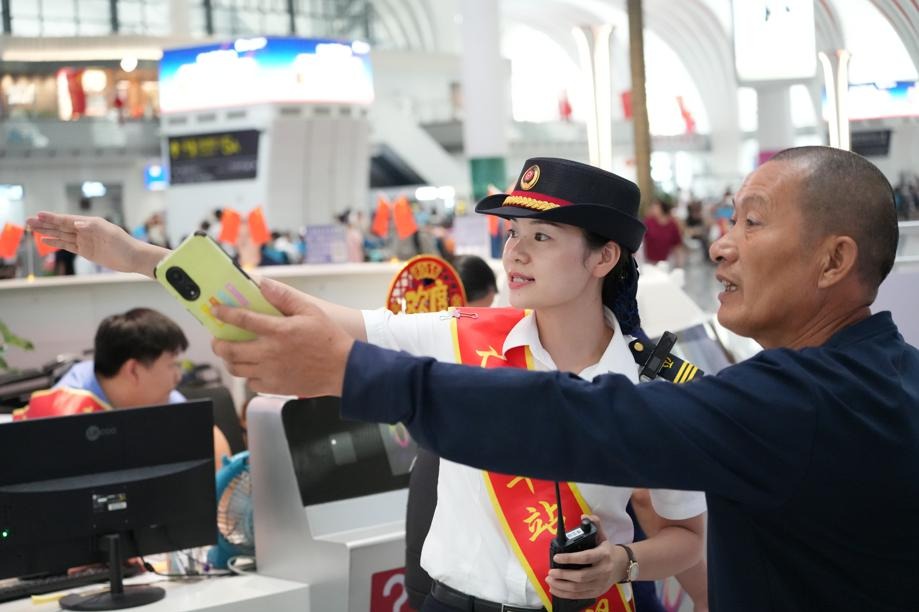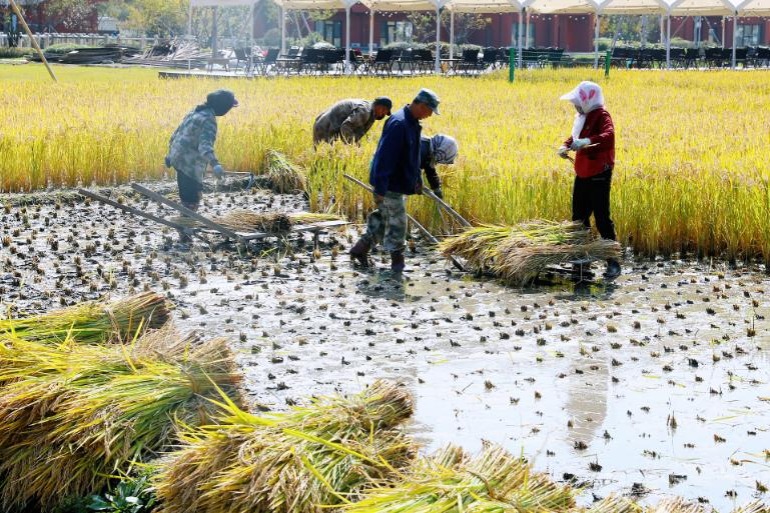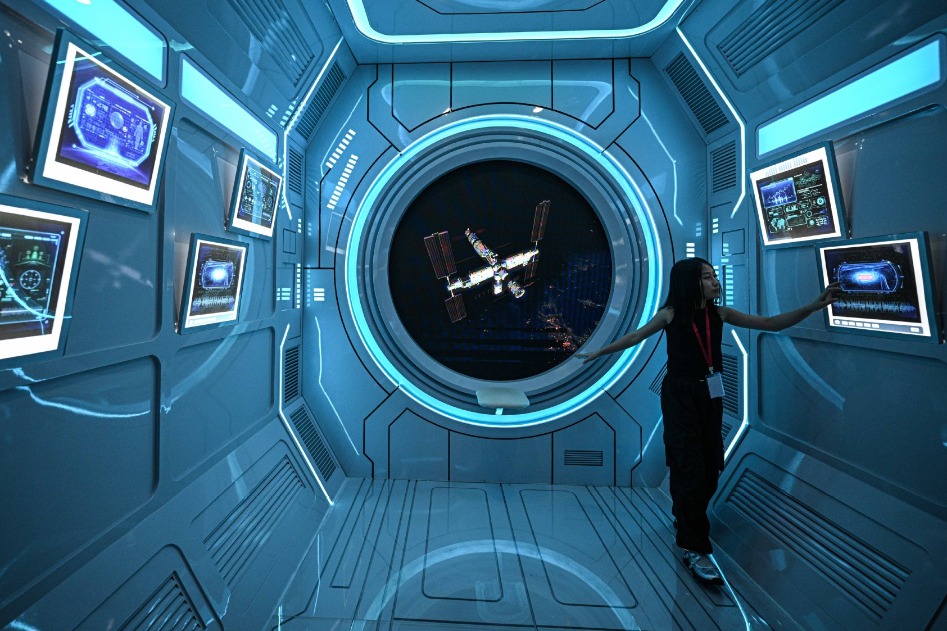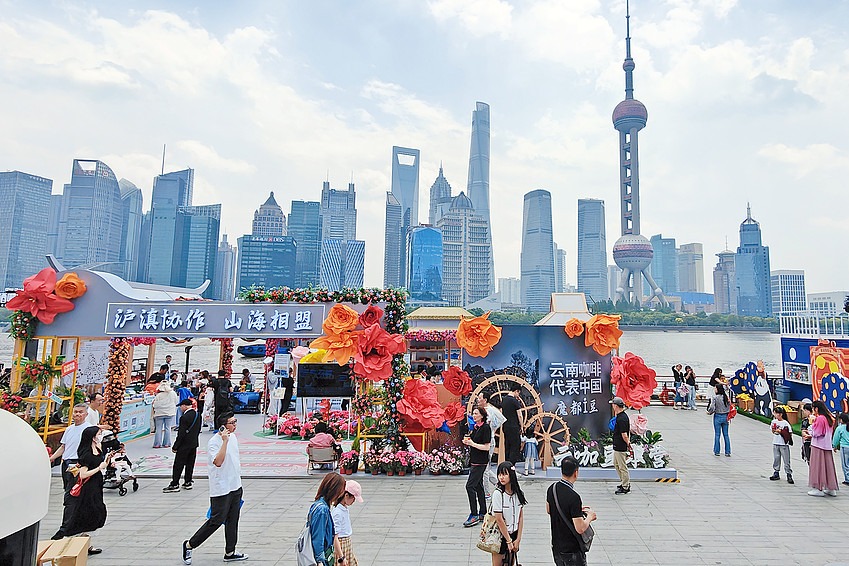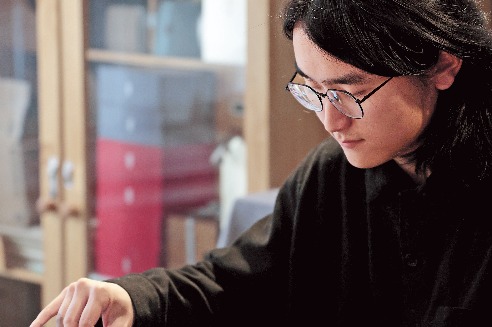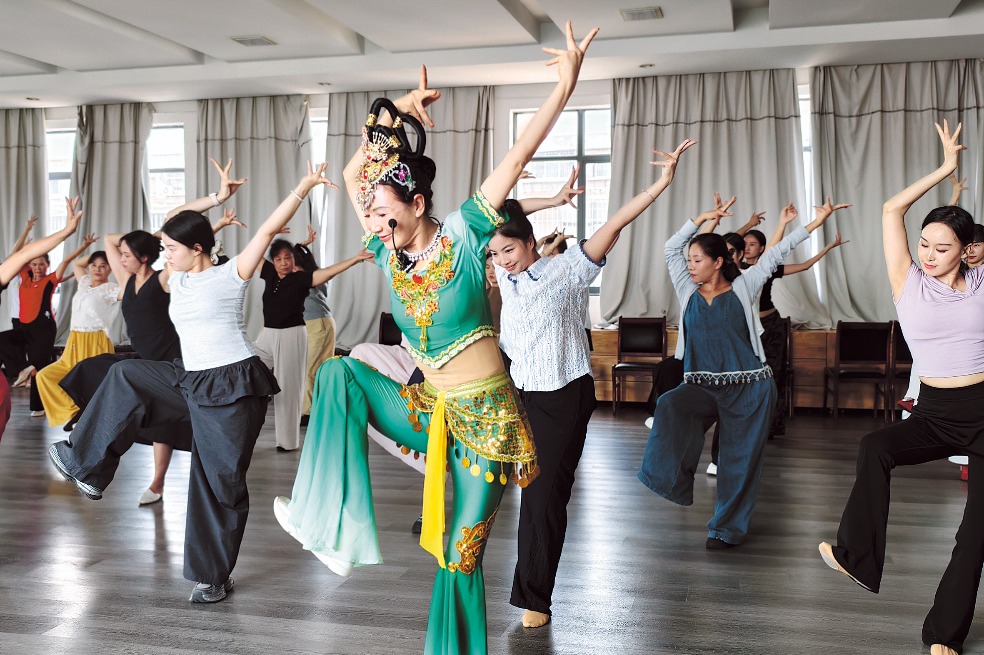Bookstores enter renaissance period

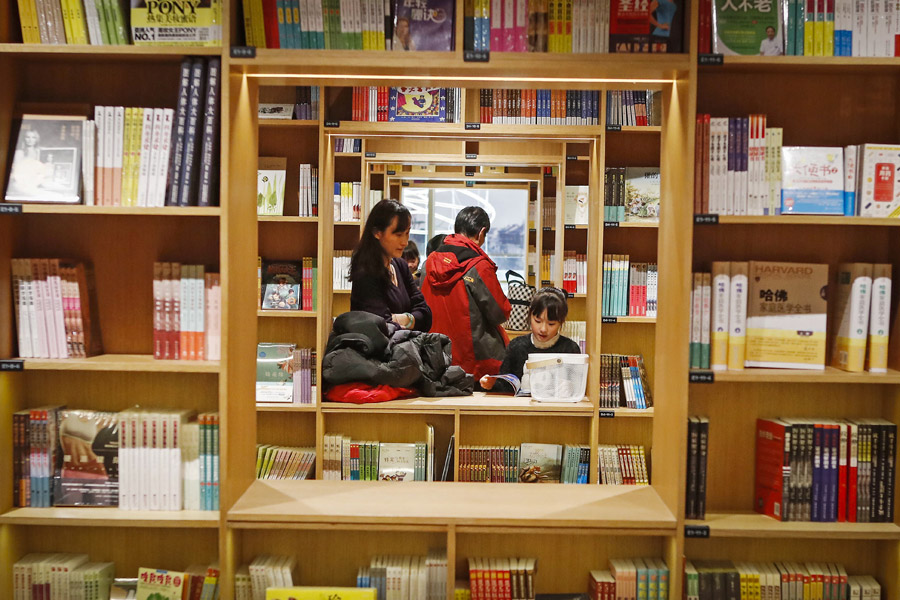
But financial realities also loom and the industry relies on innovation and government support to keep doors open
Light Space hopes to prove a bright idea to lure readers into bookstores.
The newly opened Xinhua Bookstore branch in Shanghai was designed by Japanese architect Tadao Ando, who is known for his use of light and shadow.
Indeed, light illuminates structures, and reading brightens people's minds.
Ando, 77, winner of the 1995 Pritzker Prize, often called the "Nobel of architecture", employs his other signature style elements in Light Space, including the use of raw concrete and egg-shaped structures.
Another concept is the theme of "encounter", which is demonstrated by the bookshelves, which are hallowed out in the center so readers see one another through them.
"I hope the space will increase people's encounters with one another and with the books," Ando said in a visit to the construction site in 2016.
Light Space is one of over 20 large bookstores that opened in Shanghai in 2017. Big cities such as Beijing, Nanjing, Shenyang and Hefei also are seeing more bookstores open.
Their recent development is partly thanks to national and local government measures introduced in June 2016, including subsidies, tax breaks and expedited business permits. More than 5 billion yuan ($791 million) of tax money has been exempted annually since 2013, People's Daily reported. And the Ministry of Finance has provided 670 million yuan in bonuses to bookstores during the past five years.
- China-Laos Railway handles over 60 million passenger trips
- Bangladesh's young boy recovering after undergoing specialized surgery in Hubei
- Shanghai pioneers music therapy committee to advance mental health care
- No casualties reported after 5.4-magnitude quake in China's Sichuan
- Village in Guangzhou announces subsidy for patients with mosquito-borne diseases
- Guangdong railways set passenger record during National Day holiday
















